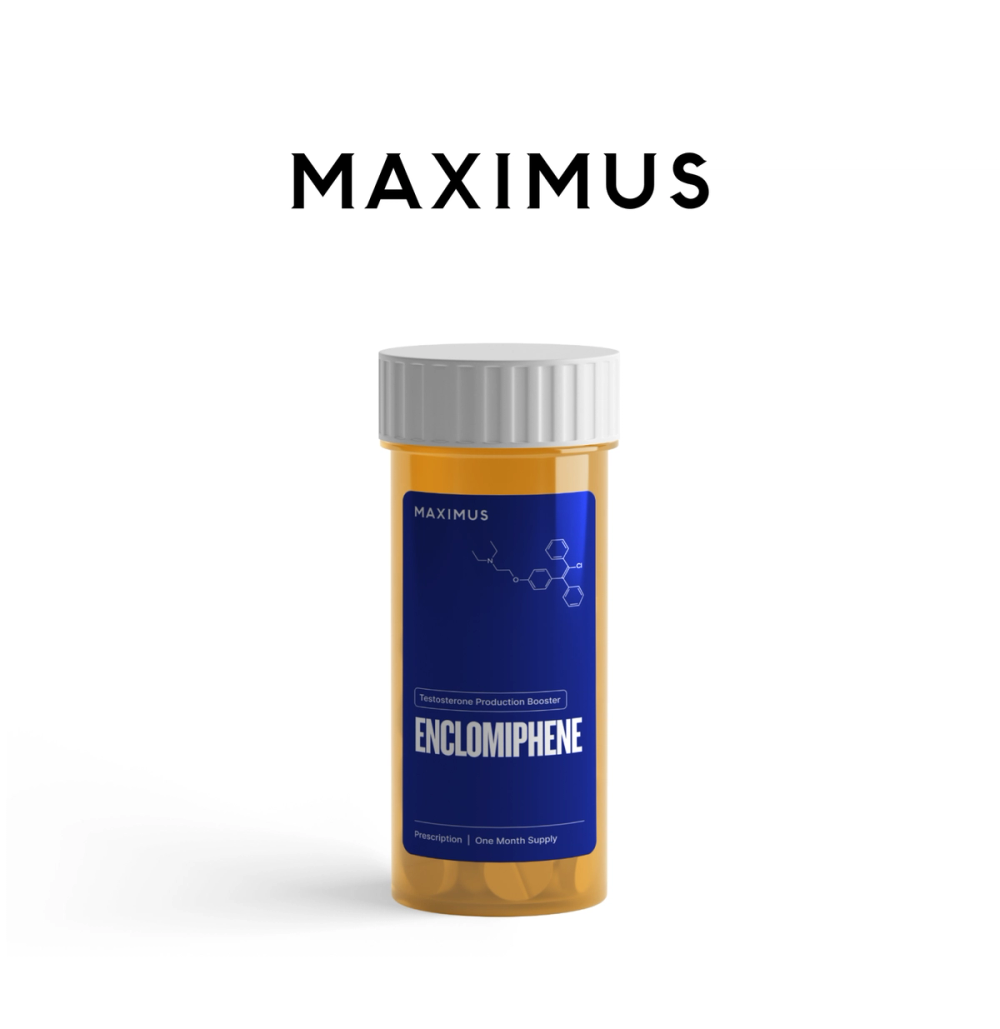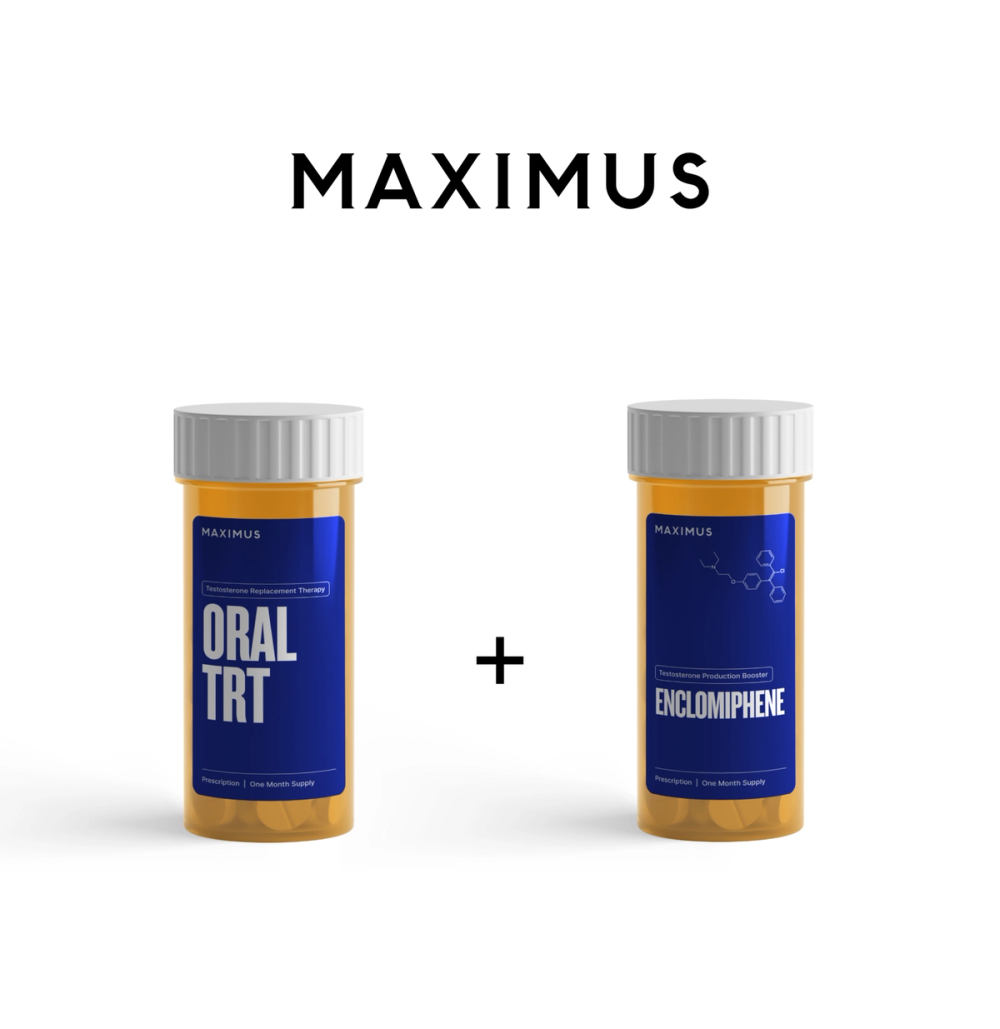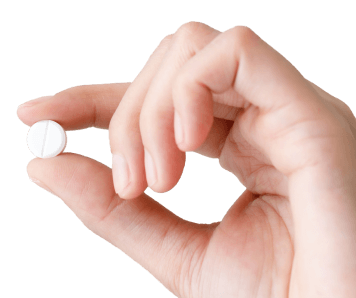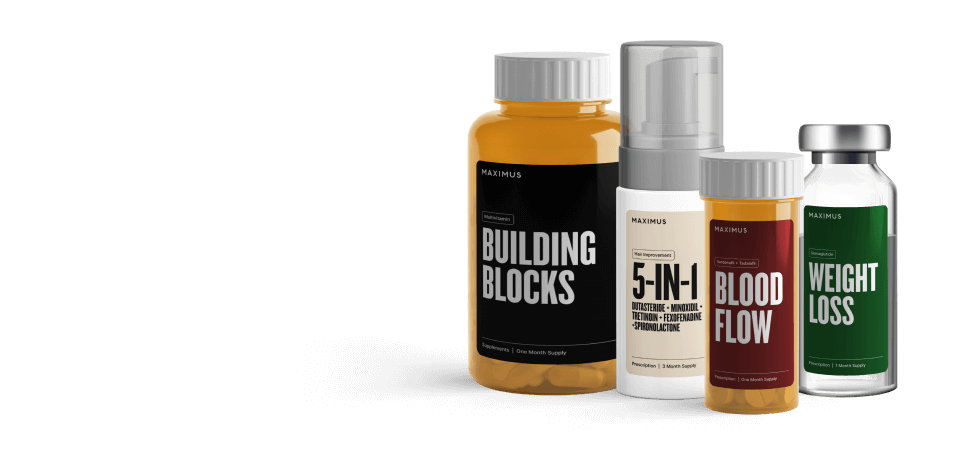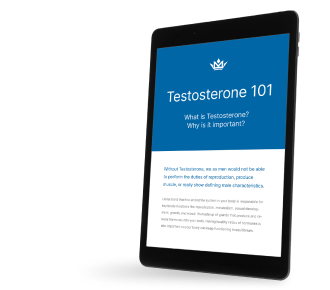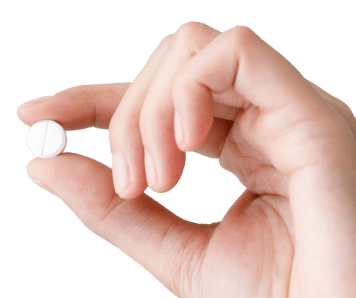Enclomiphene is a selective estrogen receptor modulator (SERM) that stimulates your body’s natural testosterone production by blocking estrogen receptors in the hypothalamus. This signals the pituitary gland to increase the secretion of luteinizing hormone (LH) and follicle-stimulating hormone (FSH), which then prompt the testes to produce more testosterone.
Unlike testosterone replacement therapy (TRT), which introduces external testosterone into your system, enclomiphene encourages your body to maximize its own natural production. This distinction is crucial because some men may hit a natural production ceiling, which could explain why they feel like their results have plateaued.
If you’re using enclomiphene and wondering whether it’s working — or if you feel like the benefits aren’t as strong as you’d hoped — this article will help you assess your progress and explore options to optimize your protocol.
How to know if enclomiphene is working
1. Track your symptoms & improvements
Most men start seeing changes within the first few weeks of taking enclomiphene. Here are key areas to monitor:
- Energy levels: Do you feel more energetic throughout the day?
- Libido & sexual health: Has your sex drive improved? Are you experiencing better erections?
- Mood & cognitive function: Are you feeling more mentally sharp, motivated, or less irritable?
- Muscle growth & fat loss: Have you noticed muscle gains or fat loss?
- Sleep quality: Is your sleep deeper and more restorative?
If you’ve experienced improvements in these areas, enclomiphene is likely working as intended. However, if the effects have stagnated, it’s time to dig deeper.
2. Check your blood work
Numbers don’t lie. If you’re unsure whether enclomiphene is working, a blood test can provide clear answers. Here’s what to check:
- Total testosterone (T): This measures the overall level of testosterone in your system. This should increase after starting enclomiphene.
- Free testosterone: This is the active, bioavailable portion of testosterone that your body can use.
- Luteinising hormone (LH) and follicle stimulating hormone (FSH): LH and FSH should increase if enclomiphene is effectively stimulating the pituitary gland. LH drives testosterone production, while FSH supports sperm production.
- Estrogen (estradiol): Some men experience an increase in estrogen (estradiol) while using enclomiphene, which can counteract testosterone’s benefits.
- Sex hormone-binding globulin (SHBG): High SHBG can bind to free testosterone, making it less available to your body.
If your total and free testosterone levels have increased since starting enclomiphene but are still below your targeted range, adjustments may be needed.
What to do if you’re not seeing the results you expected
If your symptoms have plateaued, or you aren’t feeling significant benefits, here are some strategies to optimize your protocol:
1. Increase your dosage
Some men need a higher dose of enclomiphene to see optimal results. If your testosterone levels have improved but not to the degree you expected, you might consider increasing your dosage under medical supervision.
Typical dosages range from 6.25 mg to 25 mg daily, but some men may need adjustments based on their blood work, symptoms, and individual response. Always consult your provider before making changes.
2. Addressing blood flow & circulation
Testosterone plays a key role in blood flow and vascular health, which impacts libido and erection quality. If you’re experiencing weaker erections despite an increase in testosterone, consider optimizing your blood flow with:
- L-citrulline or L-arginine: Natural nitric oxide boosters that enhance circulation.
- Daily cardio & strength training: Exercise improves endothelial function and blood flow.
- Hydration & diet: Staying hydrated and limiting processed foods can improve vascular health.
- Additional medications: Some men pair enclomiphene with medications like tadalafil (often sold under the brand name Cialis) to enhance blood flow.
3. Upgrade to TRT
For some men, natural testosterone production reaches a ceiling with enclomiphene, and no matter how much they optimize, they won’t reach their desired levels. If this is the case, transitioning to testosterone replacement therapy (TRT) may be a more effective solution.
TRT bypasses the natural production limit and directly supplies your body with testosterone. This option may be best for men who:
- Have persistently low testosterone despite enclomiphene use.
- Experience ongoing symptoms of fatigue, low libido, or difficulty gaining muscle.
- Are open to a long-term commitment, as TRT often requires lifelong treatment.
Before making the switch, discuss with your provider to determine if TRT is the right choice for you.
4. Supplementing with DHEA or other precursors
If your testosterone levels are improving but you still feel “off,” consider supplementing with dehydroepiandrosterone (DHEA). DHEA is a precursor hormone that can convert into testosterone and estrogen in the body.
For some men, adding 25-50 mg of DHEA daily can provide an extra hormonal boost. However, you should monitor your estrogen levels, as DHEA can also increase estradiol.
When to reassess
If you’ve been on enclomiphene for 8-12 weeks and are still not feeling the full benefits, it’s time to reassess. Here’s when to take action:
- Your blood work shows minimal testosterone increase despite proper dosing.
- Your symptoms haven’t improved, or you feel the same as before treatment.
- You notice estrogen-related side effects like mood swings, water retention, or gynecomastia.
- You feel a temporary boost but then crash later in the day — this could indicate fluctuating levels.
At this stage, discuss your options with your provider and decide whether adjusting your dose, exploring other supplements, or switching to TRT makes sense.
Final thoughts: Finding the right protocol for you
Enclomiphene can be a game-changer for men looking to boost their testosterone naturally, but it’s not a one-size-fits-all solution. If you’ve plateaued or aren’t feeling the results you expected, there are several ways to optimize your protocol before giving up:
- Adjust your dosage if needed.
- Improve blood flow and lifestyle factors to enhance testosterone’s effects.
- Consider TRT if your natural production isn’t enough.
- Add DHEA or other supplements to support hormone balance.
The key is to track your symptoms, get regular blood tests, and work with a knowledgeable provider to tailor your treatment to your body’s individual needs. By taking a strategic approach, you can maximize your results and avoid frustration, ensuring you get the most out of your hormone optimization journey.
